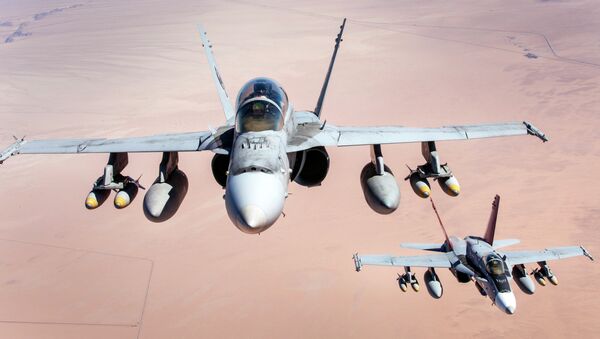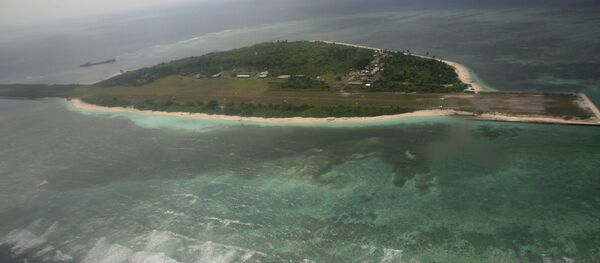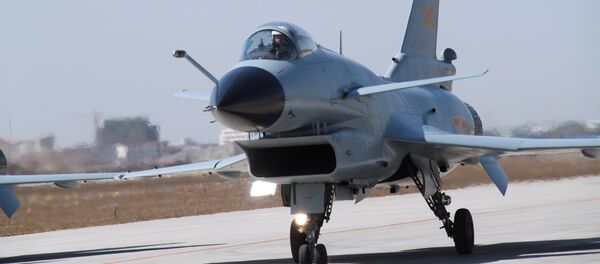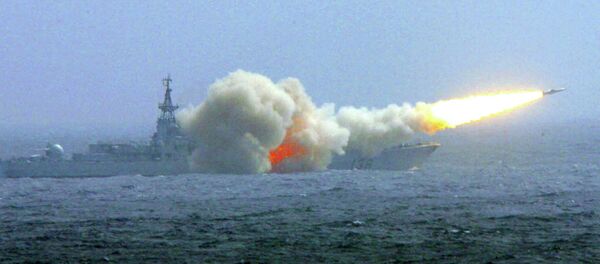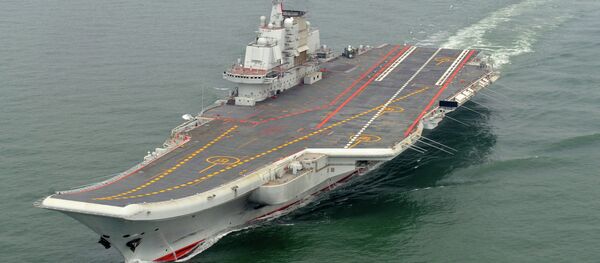The Taiwan Relations Act of 1979 outlined strict rules for how the United States should deal with the island. While Washington privately considers Taiwan to be an independent nation, China considers the island, only 140 miles from its shore, as its own territory under the “one-China policy.”
“We have already made solemn representations to the US side,” China’s Foreign Ministry spokeswoman, Hua Chunying, said in a news briefing. “China demands that the United States strictly abide by the “one-China policy”…and cautiously and appropriately handle the incident.”
For its part, the Pentagon insists that the incident was an emergency situation, not intended as an act of defiance.
But the timing makes the Pentagon’ version of events highly suspect. Earlier this week, Chinese bombers underwent the People’s Liberation Army Air Force’s first exercises in the “west Pacific.” The flightpath took the H-6K bombers over the Bashi Channel, a waterway between Taiwan and the Philippines.
Especially given that the fighters could have just as easily landed at the Japanese airfield on Shimoji island, only 120 miles east.
The landings also seem timely given the recent rise in aggressive American rhetoric against the Chinese government. On Tuesday, the commander of the US Pacific Fleet warned an Australian naval conference audience about China’s construction of a “great wall of sand,” in reference to the artificial islands being built in the Spratly chain.
These allegations of Chinese aggression in the South China Sea appear to be causing a rise in American hostility. In March, the US Senate demanded that the Pentagon develop a strategy to counter the rise of Chinese influence in the region.
Wednesday’s incident isn’t even the first example of an aggressive US air presence in recent months. In February, the US moved its most advanced spy plane, the Poseidon P-8A, into the Philippines to monitor the region.

